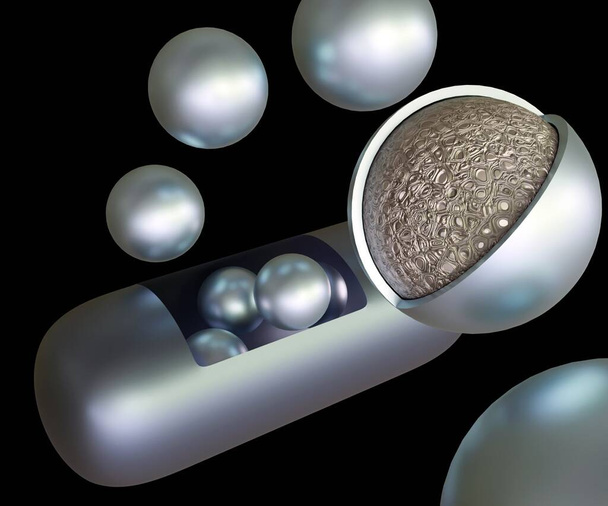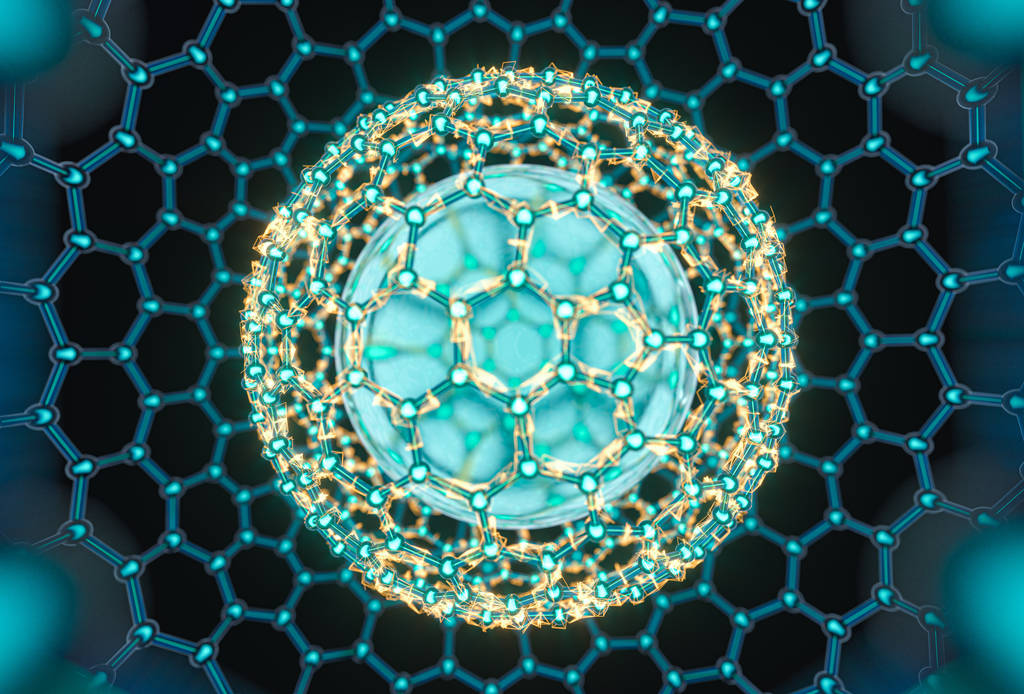Prepregs, short for pre-impregnated fibers, have emerged as a game-changer in the field of composite material manufacturing. With their remarkable strength, versatility, and ease of use, prepregs have gained widespread popularity in industries such as aerospace, automotive, sports, and defense.

This article aims to delve into the world of prepregs, exploring their composition, manufacturing process, applications, and advantages over traditional composite materials. Join us as we unravel the technology behind prepregs and discover how they are revolutionizing the way we design and engineer innovative products.
Understanding Prepregs: Prepregs consist of reinforcing fibers, typically carbon, glass, or aramid, impregnated with a precisely measured amount of resin matrix, usually epoxy or thermoplastic. The fibers are pre-impregnated with the resin in a controlled environment, ensuring uniformity and consistent quality throughout the material. This impregnation process provides several benefits, including improved wetting, better fiber-to-resin ratio, and reduced void content, resulting in superior mechanical properties.
Manufacturing Process: The manufacturing process of prepregs involves several crucial steps. First, the fibers are selected and carefully arranged in the desired orientation and pattern. They are then passed through a resin bath or exposed to a film of resin, ensuring uniform impregnation. The impregnated fibers are subsequently heated to remove solvents and partially cure the resin, creating a tacky or semi-cured state. The partially cured prepregs are then cooled, rolled into sheets or tapes, and stored under refrigeration to prevent further curing until they are ready for use.
Advantages of Prepregs: Prepregs offer numerous advantages over traditional composite materials. Firstly, the controlled impregnation process ensures consistent resin content and fiber alignment, resulting in predictable and repeatable mechanical properties. This consistency makes prepregs highly suitable for applications that demand precision and high-performance standards.
Secondly, prepregs exhibit excellent handling characteristics. The tackiness of the partially cured resin allows for easy layup, reducing the risk of fiber misalignment and improving process efficiency. The material can be cut, shaped, and formed into complex geometries without sacrificing strength or integrity.
Thirdly, prepregs offer exceptional mechanical properties. The uniform fiber-to-resin ratio and low void content contribute to enhanced strength, stiffness, and fatigue resistance. These properties make prepregs ideal for applications that require lightweight materials with high structural integrity, such as aircraft components, sporting goods, and automotive parts.
Moreover, prepregs can be tailored to meet specific performance requirements by varying the resin type, fiber type, and fiber orientation. This flexibility allows engineers and designers to optimize the material for different applications, striking a balance between strength, weight, and other functional parameters.
Prepregs find extensive use in a wide range of industries. In aerospace, they are utilized in aircraft structures, including wings, fuselages, and interior components, to deliver lightweight yet strong solutions. The automotive sector employs prepregs for manufacturing parts like body panels, chassis components, and interior trim, improving fuel efficiency and crash safety. Sports equipment, such as tennis rackets, golf clubs, and bicycle frames, benefits from the superior strength-to-weight ratio of prepregs, providing athletes with a competitive edge.
Additionally, prepregs have proven their worth in defense applications, enabling the development of lightweight armor and ballistic protection systems. They are also used in wind turbine blades, marine vessels, medical devices, and architectural structures, showcasing the versatility and broad applicability of this advanced composite material.

Prepregs have revolutionized the field of composite material manufacturing, offering unparalleled strength, versatility, and consistency. Their controlled impregnation process, excellent handling characteristics, and superior mechanical properties have made them indispensable in various industries. As technology advances, prepregs are likely to continue evolving, providing enhanced performance and further expanding their applications. With their potential to revolutionize lightweight construction, improve energy efficiency, and drive innovation, prepregs are undoubtedly at the forefront of composite material technology, shaping the future of advanced engineering and design.
Learn more at Wiki as well.